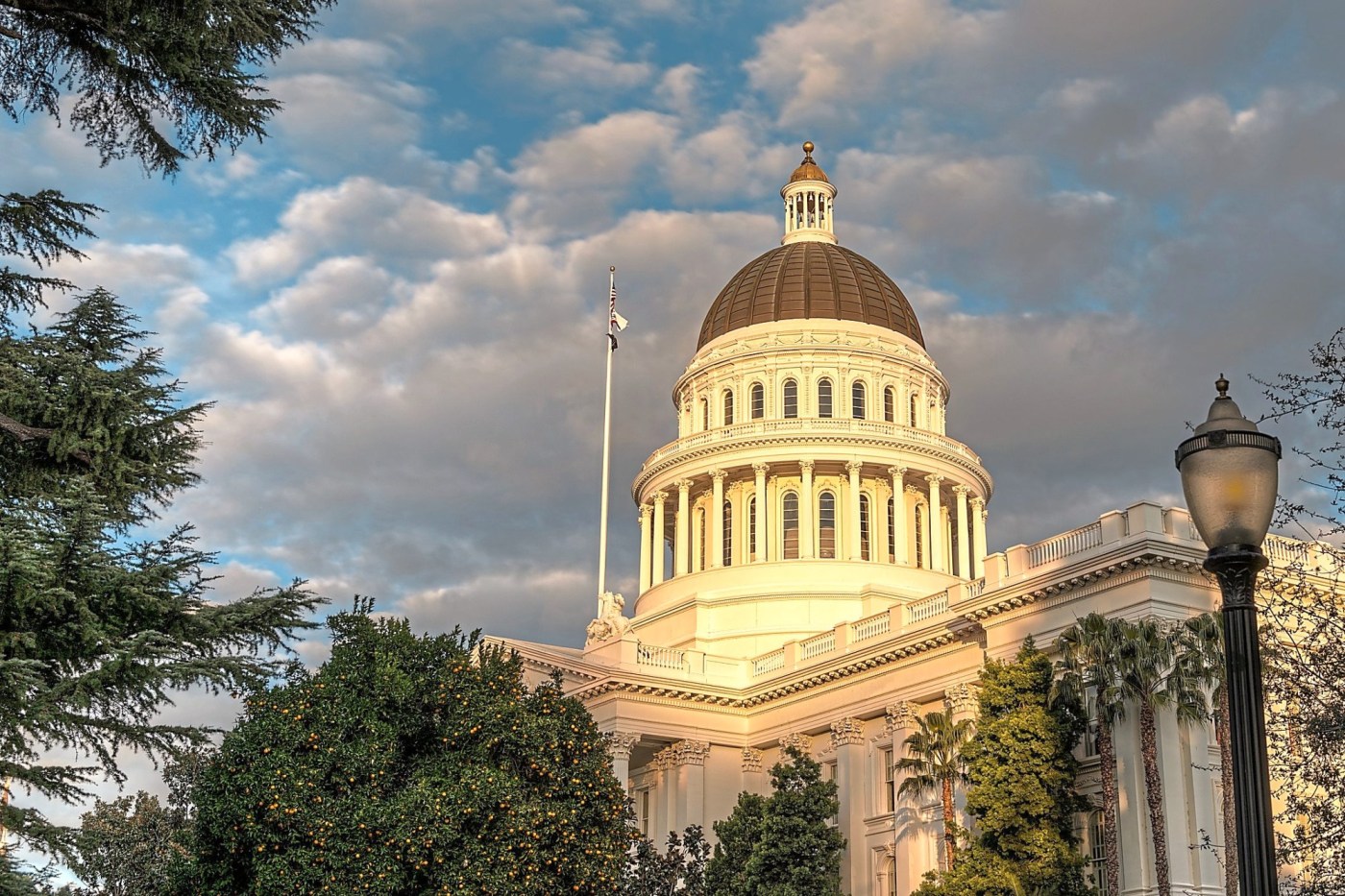
Should California save more for a rainy day? One state legislator wants voters to decide
California voters may get to decide on a proposal to modify the state’s financial policies as early as 2026.
Introduced by Assemblymember Avelino Valencia, D-Anaheim, ACA 1 aims to bolster the state’s budget stabilization account, commonly known as the rainy day fund, which the state uses to set aside money for tough times, like recessions or unexpected emergencies.
Related Articles
Will California’s zero-emission truck rules work for the long haul?
New California crime laws seek to deter retail theft, property crimes
How a lobbying blitz halted regulation on lucrative ‘affordable housing’ in California
Bay Area remembers former President Jimmy Carter
10 new California laws will go into effect in 2025
The amendment would help California better handle economic downturns by allowing the state to save more each year. Right now, the state constitution requires putting in just 1.5% of the total general fund revenue — the main income California gets from taxes — into the rainy day fund each year.
ACA 1 proposes to change that by raising that annual rate, though the new percentage hasn’t been determined yet. The new annual transfer rate will be determined after further discussions with various stakeholders, Valencia said.
It would also double the cap on how much the rainy day fund can hold, raising it from 10% to 20% of the state’s total expected tax revenue for the year. For example, if the state’s total tax revenue is $200 billion, the rainy day fund cap would increase from $20 billion to $40 billion.
The general fund is California’s main revenue source, covering expenses such as education, public safety, health care and transportation. It’s primarily fueled by income, sales and corporate taxes.
The proposal is still in its early stages — the legislative session gets underway on Monday, Jan. 6 after a month-long recess — but Valencia said the plan is to qualify the amendment for the 2026 ballot. For the amendment to pass, it must be approved by a majority of California voters in a statewide election.
“The government needs to be fiscally responsible and mindful of every tax dollar, which includes how we invest those dollars and how we save those dollars for downturns,” Valencia said. “When we do have the ability to save more, we should be able to, like any responsible individual would or family does when they’re evaluating their finances.”
According to the Legislative Analyst’s Office, California has struggled with major budget issues in recent years, facing a $27 billion deficit in the 2023-24 fiscal year and a $55 billion deficit in 2024-25.
“Ultimately, I think folks will come to the point where we all understand this is what’s best long term for the health of California and also its constituents,” Valencia said. “I truly believe that this is one of the best gifts that our generation of Californians can provide to the future generation of Californians.”
“Saving a dollar today provides more opportunities for the future,” he said, “and I think it’s a common sense concept that most Californians and most families practice.”
To place the amendment on the ballot, it must be approved by a two-thirds vote in both houses of the legislature.


